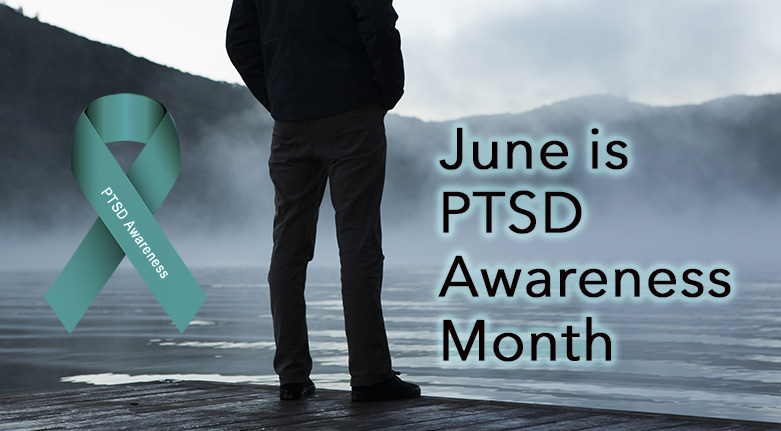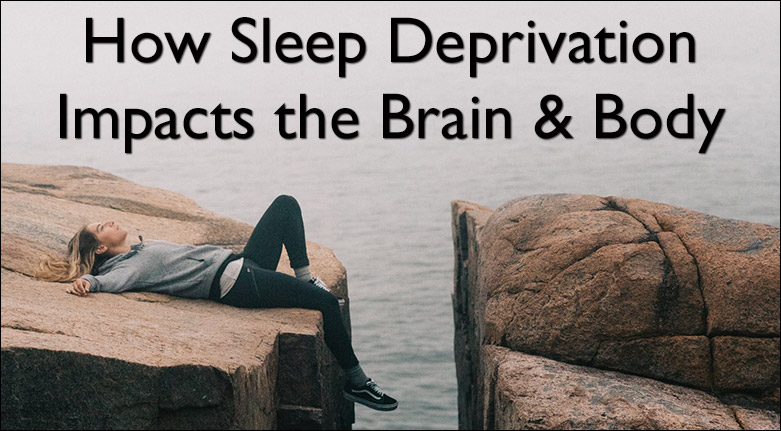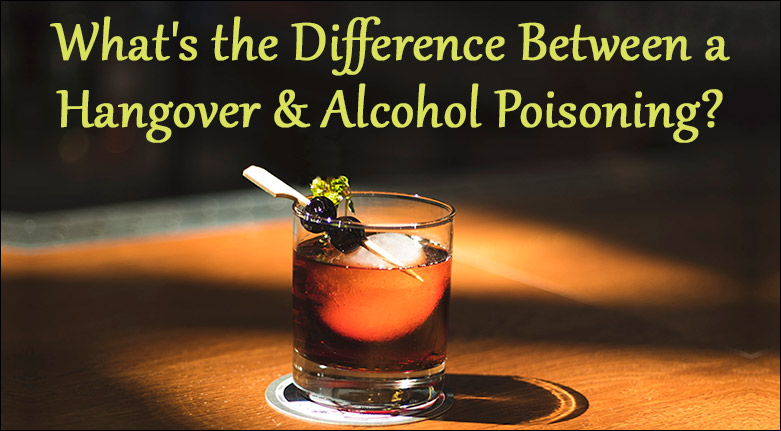Anyone who has experienced a traumatic event is at risk for developing Post-Traumatic Stress Disorder, or PTSD.
To raise awareness of this condition and the millions of people it affects each year, Congress declared June 27 to be PTSD Awareness Day back in 2010.
The National Center for PTSD took things a step further, declaring June to be PTSD Awareness Month.
Why is there such a need for PTSD awareness, and what can people do to show their support in June?
Table of Contents
What Is Post-Traumatic Stress Disorder?
Post-traumatic stress disorder is one of many mental health conditions that are triggered by a traumatic event. The event in question can range from childhood abuse and car accidents to being in an active war zone.
It’s estimated that 50% to 60% of the population will experience a traumatic event at some point in their lifetime. Approximately seven to eight percent of the American population will develop PTSD, with women being more susceptible than men. Approximately four percent of men and 10% of women will experience PTSD at some time in their lives.
When it comes to veterans, between 11% and 15% have experienced PTSD, depending on which war they fought in.
The purpose of PTSD Awareness Month is to shine a light on the condition, and to make those experiencing it feel like they’re not so alone. When they feel like others understand them, fighting through the experience won’t seem so lonely or scary.
What Is It Like to Live with PTSD?
People with PTSD often experience many of the following:
- Intrusive memories of the event
- Flashbacks that make it seem like they’re reliving the moment
- Nightmares and difficulty sleeping
- Trouble concentrating
- Severe emotional distress when something reminds them of what they’ve experienced
In many cases, people with this condition practice avoidance. They try to avoid talking or thinking about the event. They may even avoid places or sensory experiences (smells, tastes) that remind them of it.
Living with PTSD can cause changes in mood and personality, including:
- Difficulty maintaining relationships
- Feeling hopeless about the future
- Having negative feelings about themselves or those around them
- Memory loss
- Irritability and angry outbursts
- Never feeling safe
- Feeling detached or purposefully detaching from loved ones
- Feeling emotionally numb
- Difficulty experiencing positive occurrences or emotions
How the Public Can Support the Cause of PTSD Awareness Month
During the month of June, people can support PTSD awareness in numerous ways.
Anyway can start by wearing a PTSD ribbon. Wearing the teal ribbon will show others your support of those who live with PTSD and your desire to bring awareness to the subject.
Another way to support this cause is by guiding people to information and resources about PTSD provided by the National Center for PTSD.
PTSD is not a weakness – it is a condition that requires treatment, and there are plenty of treatment options available. With more awareness around this mental health condition, the hope is that there will be less embarrassment about the condition.
Shame and embarrassment are some of the reasons why people avoid getting treatment. They feel like they’re supposed to overcome their feelings on their own, but with something as life-altering as PTSD, treatment is needed.
Treatment options include counseling, cognitive behavioral therapy, and other types of psychotherapy sessions.
Help Spread the Word and Wear a PTSD Ribbon
PTSD Awareness Month is recognized every June. How can people show their support? They can do so by wearing a PTSD ribbon, supporting those struggling with PTSD, and educating themselves on the condition.
PTSD isn’t shameful. It isn’t a weakness. It’s a medical condition that requires treatment. The more people that understand that, the more people will reach out to get the help they need.







